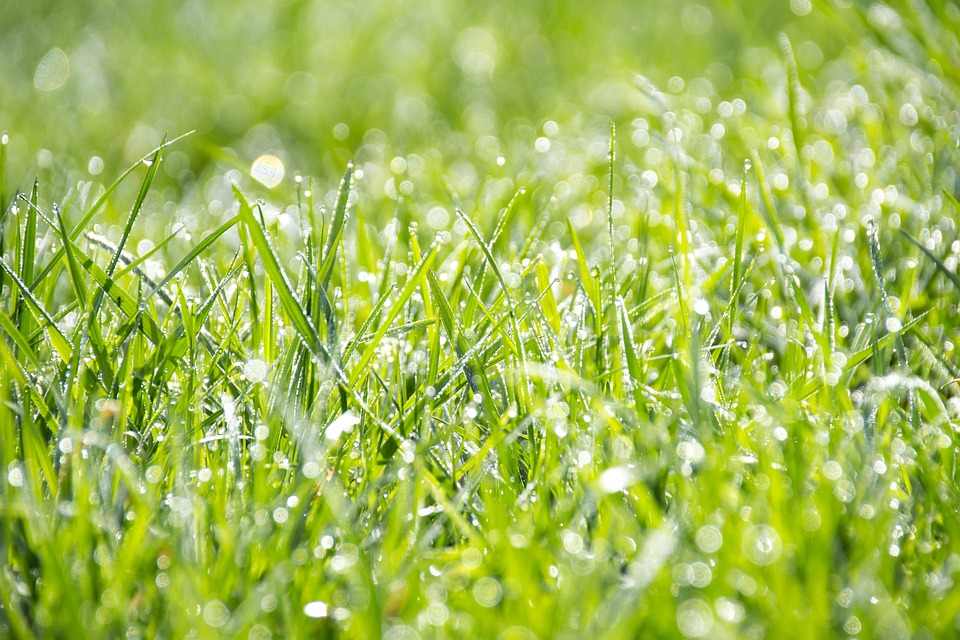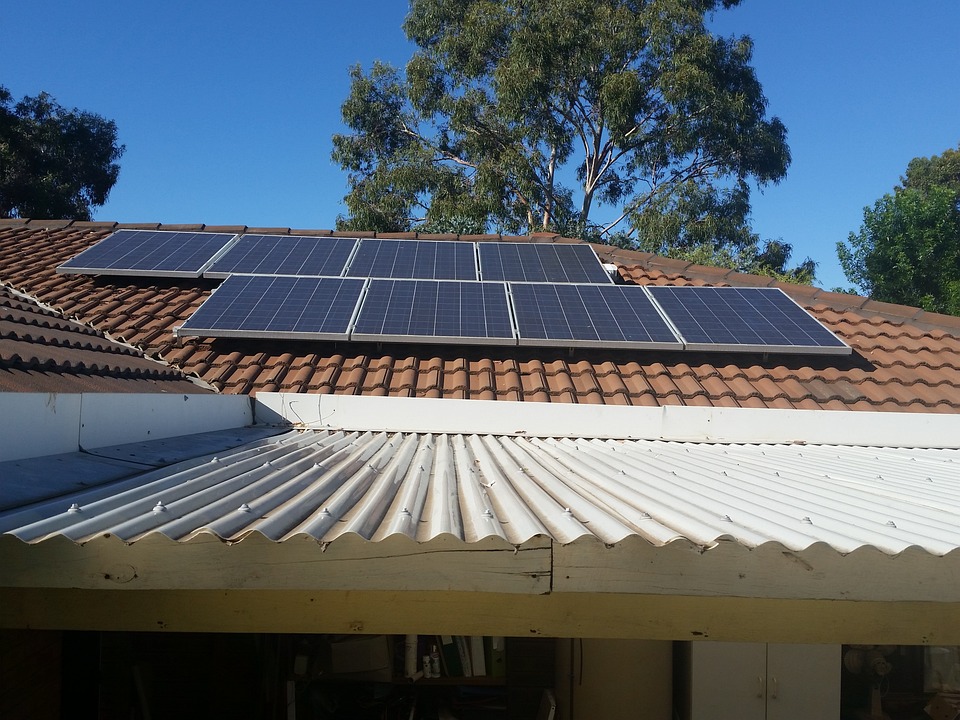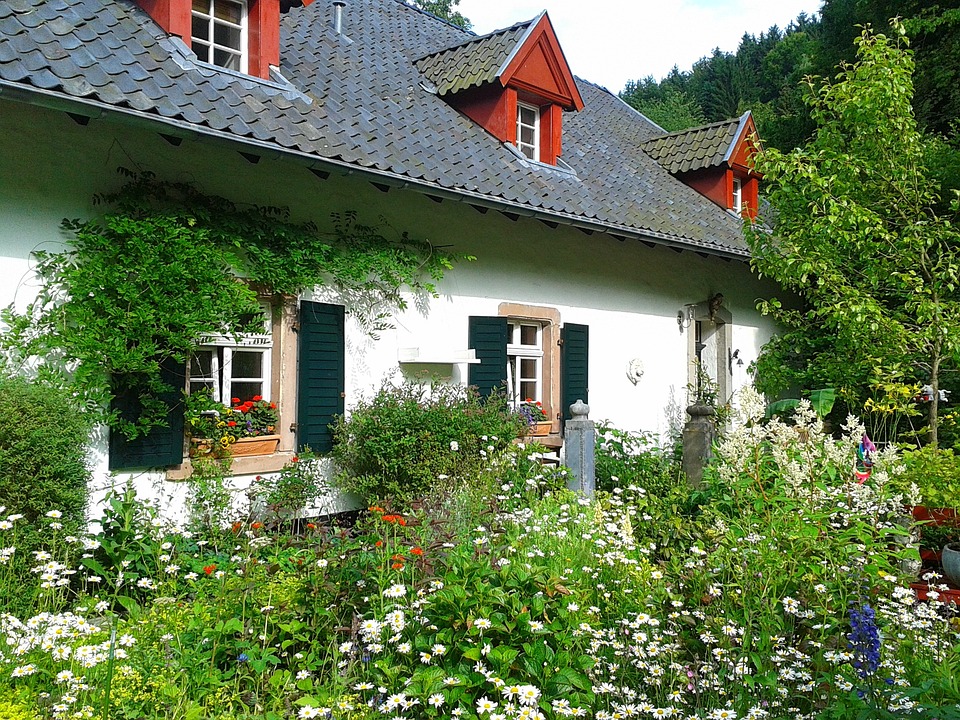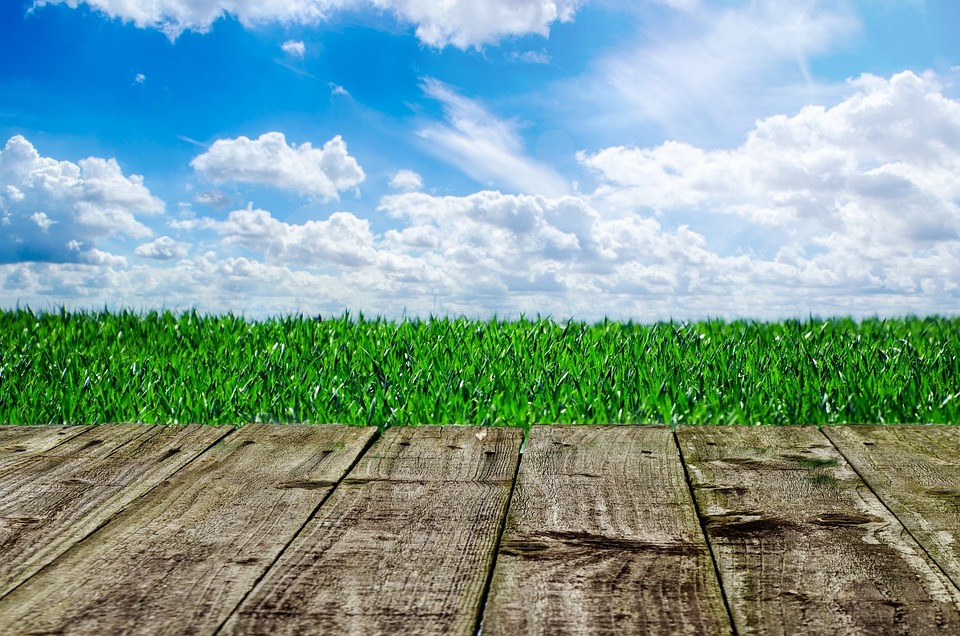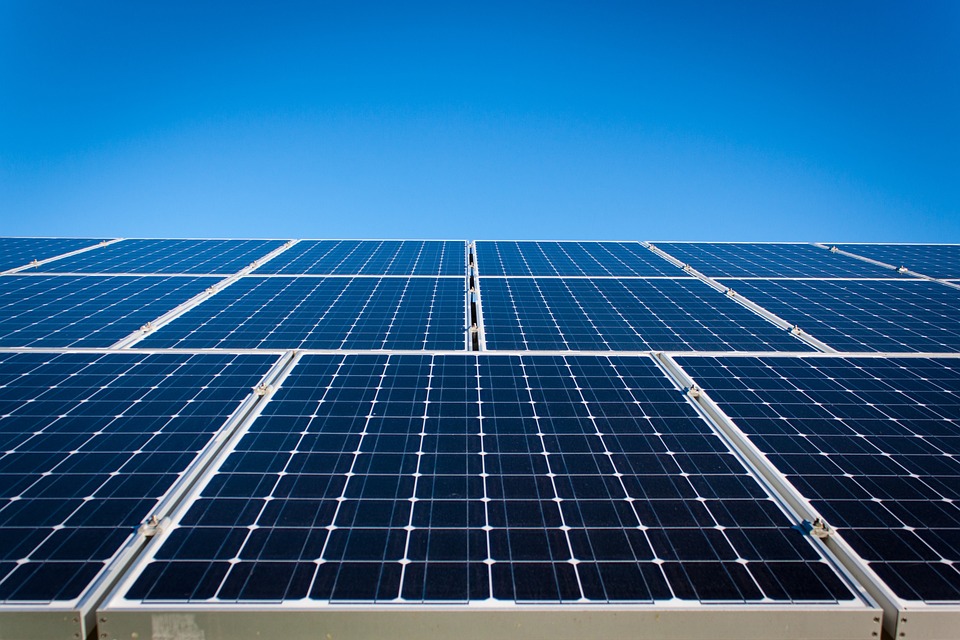Enhancing Biodiversity: Sustainable Garden Design as a Haven for Wildlife
Enhancing Biodiversity: Sustainable Garden Design as a Haven for Wildlife Picture this: a vibrant garden nestled in the heart of nature, teeming with wildlife, and buzzing with life. Birds chirping, bees bumbling, and butterflies gracefully floating from one flower to another. This captivating scene is not only a delight for the senses but also a testament to the power of sustainable garden design in enhancing biodiversity. As lovers of sustainable farming and gardening, we understand the importance of creating spaces that not only sustain us but also provide a haven for wildlife. In this article, we will explore the enchanting world of sustainable garden design and learn how it can transform our outdoor spaces into thriving ecosystems that support a wide array of flora and fauna. Sustainable garden design is a holistic approach that aims to mimic natural ecosystems, creating habitats suitable for a variety of species. By incorporating native plants, encouraging natural processes, and reducing chemical inputs, we can attract and support wildlife in our gardens, no matter the size. But why is enhancing biodiversity in our gardens so crucial? Biodiversity, or the variety of life on Earth, ensures the health and stability of ecosystems. It plays a fundamental role in maintaining the balance of nature, providing essential pollination services, natural pest control, and nutrient cycling. However, due to habitat loss and degradation caused by human activities, biodiversity is facing severe threats. By embracing sustainable garden design, we can do our part in reversing this trend and creating welcoming spaces for wildlife to thrive. Native plants are the foundation of any wildlife-friendly garden. Unlike exotic species, which may struggle to adapt to local conditions, native plants have evolved alongside local wildlife, providing them with food, shelter, and nesting sites. When selecting plants for your garden, opt for a diverse range of native species that bloom at different times throughout the year, ensuring a constant source of nectar, berries, and seeds for pollinators, birds, and mammals. Furthermore, by avoiding the use of chemical fertilizers, herbicides, and pesticides, we can protect both the wildlife and ourselves. These synthetic inputs often have detrimental effects on beneficial insects, birds, and other organisms. Instead, rely on organic and natural alternatives to address any pest or weed issues that may arise. For example, attracting insect-eating birds by installing birdhouses or creating brush piles can help control unwanted garden pests naturally. Creating a water feature, such as a small pond or a birdbath, is another fantastic way to enhance biodiversity in your garden. Not only will it provide a water source for birds, mammals, and insects, but it will also attract amphibians and dragonflies, further enriching the ecosystem. Remember to incorporate shallow areas in your pond design to allow easy access for smaller creatures. As we delve deeper into the world of sustainable garden design, we must not forget the importance of healthy soil. Building and maintaining nutrient-rich soil ensures strong plant growth, creating a lush environment that supports a thriving network of underground interactions. By adding organic matter, such as compost or well-rotted manure, and avoiding excessive tilling, we can encourage beneficial soil organisms like earthworms, fungi, and bacteria to flourish. These organisms play a crucial role in breaking down organic matter, releasing nutrients, and improving soil structure. Now that we have explored the foundations of sustainable garden design, let’s dive into some pro tips to help you create a haven for wildlife right in your backyard: 1. Plan with purpose: Before starting your garden, take some time to observe the natural elements present in your surroundings. Consider the soil type, sun exposure, and existing flora and fauna. This will help you determine which native plants will thrive in your garden and which wildlife species you can attract. 2. Embrace diversity: Plant a mix of flowering plants from different families to attract a broader range of pollinators. Blooming at different times throughout the year will ensure a constant food source, prolonging the presence of wildlife in your garden. 3. Create habitat niches: Install nesting boxes for birds, bat boxes for bats, and bug hotels for insects to provide suitable nesting sites. These artificial structures mimic the natural habitats that may be lacking in urban environments. 4. Go vertical: Plant climbers like ivy, honeysuckle, or jasmine along walls or fences to provide cover for wildlife and maximize the use of vertical space in your garden. 5. Let it be wild: Instead of meticulously tidying up your garden all the time, allow some areas to grow naturally. The presence of wildflowers, long grasses, and fallen leaves provides shelter for many beneficial insects and small mammals. By implementing these pro tips and embracing sustainable garden design, you can transform your outdoor space into a haven for wildlife. Remember, creating a thriving ecosystem doesn’t happen overnight – it is a continuous process that requires patience, observation, and adaptation. So grab your gardening gloves, immerse yourself in nature’s wonders, and unleash the full potential of your garden as a haven for biodiversity. In conclusion, sustainable garden design offers us a remarkable opportunity to enhance biodiversity and create vibrant ecosystems right outside our doorstep. By carefully selecting native plants, avoiding harmful chemicals, incorporating water features, and nurturing healthy soil, we can forge a harmonious relationship between us and the natural world. So why not embark on this journey of creating a wildlife-friendly garden and experience the joy of connecting with nature on a deeper level? Your garden will thank you, and the wildlife will surely show their appreciation. Happy gardening!



